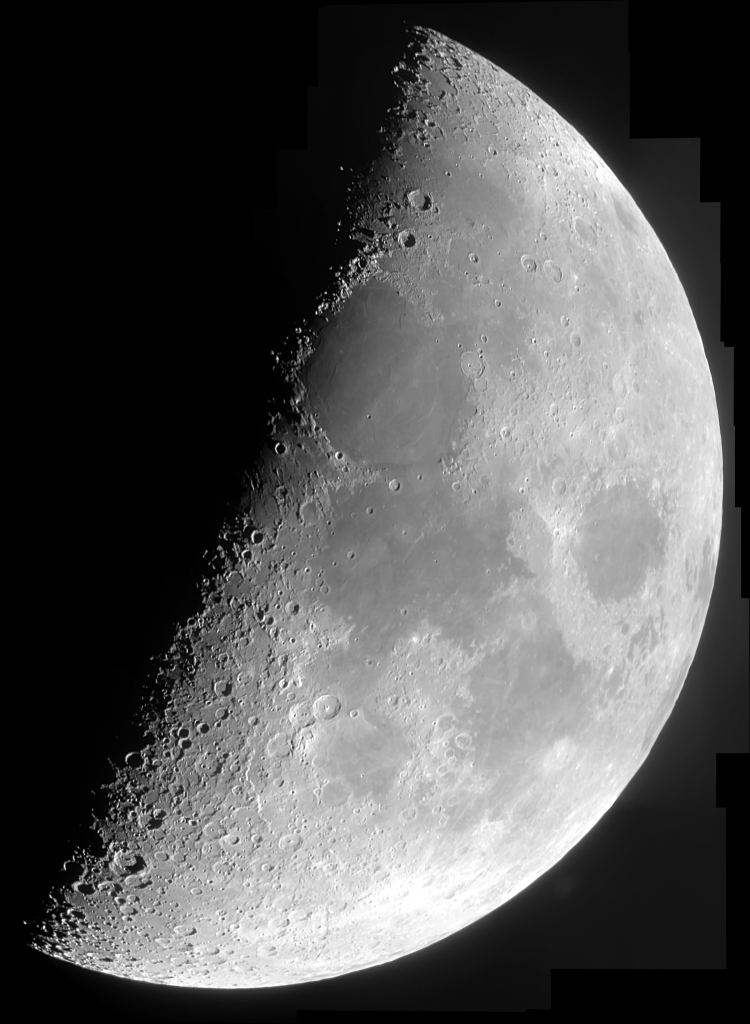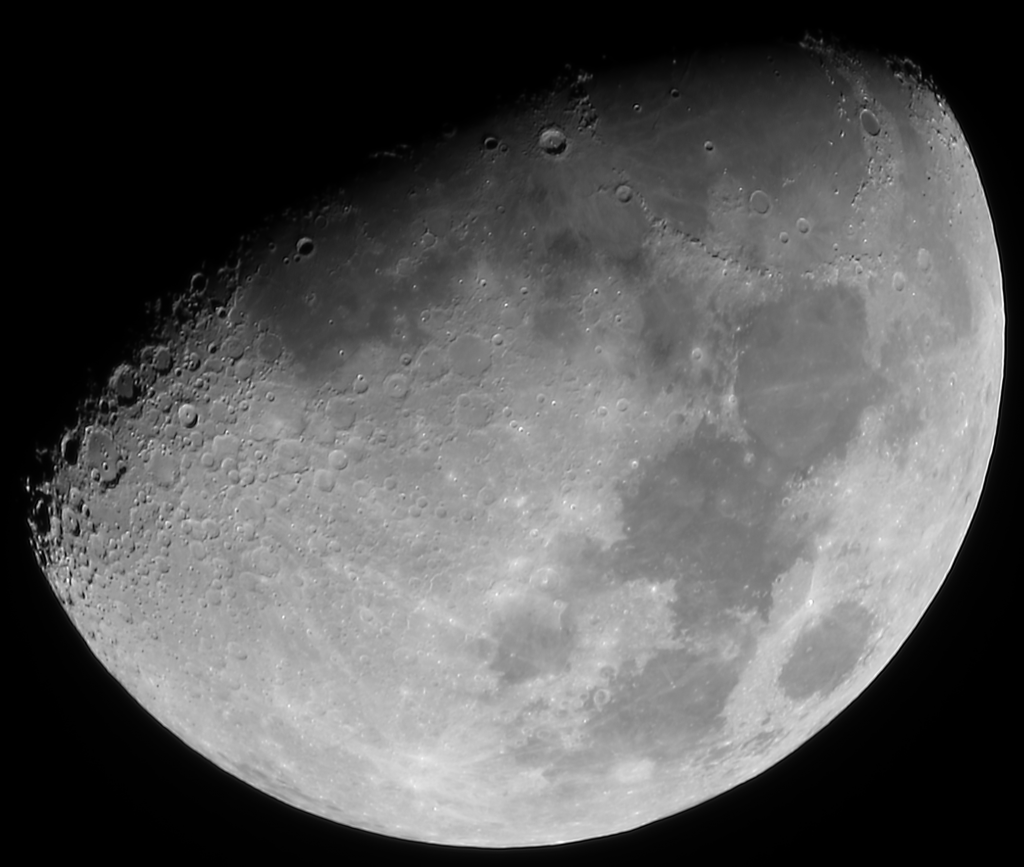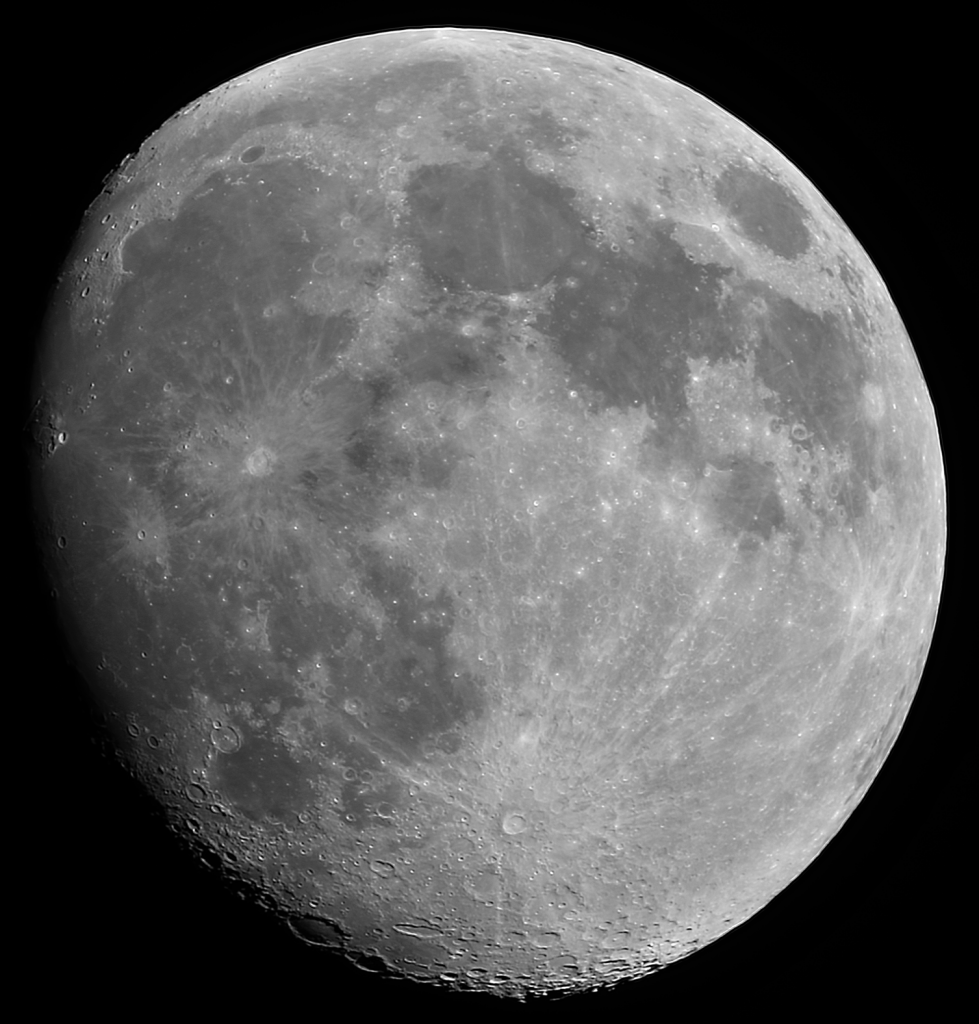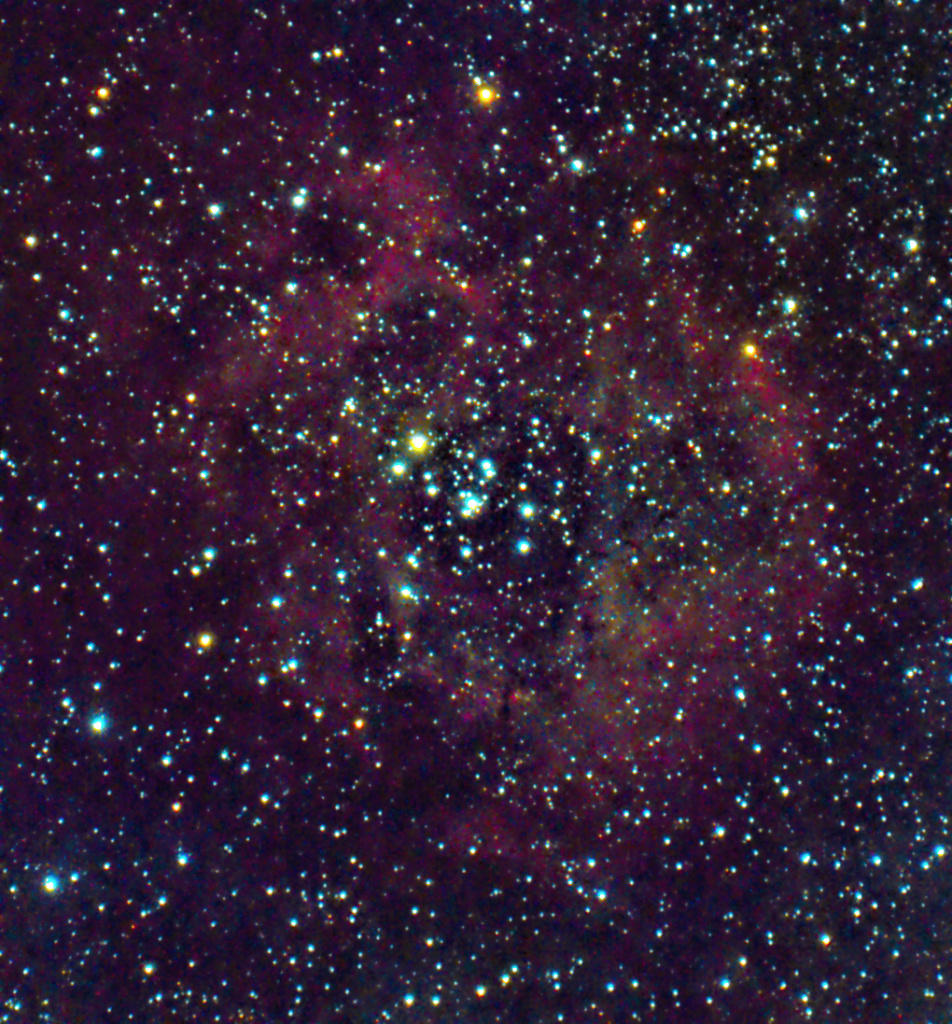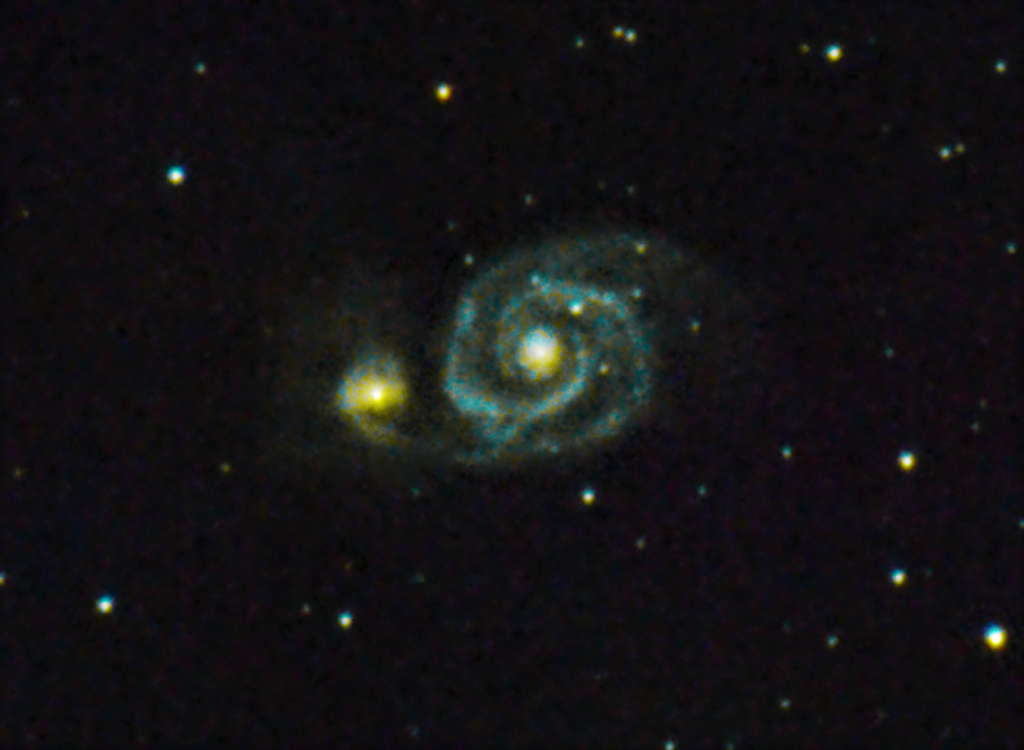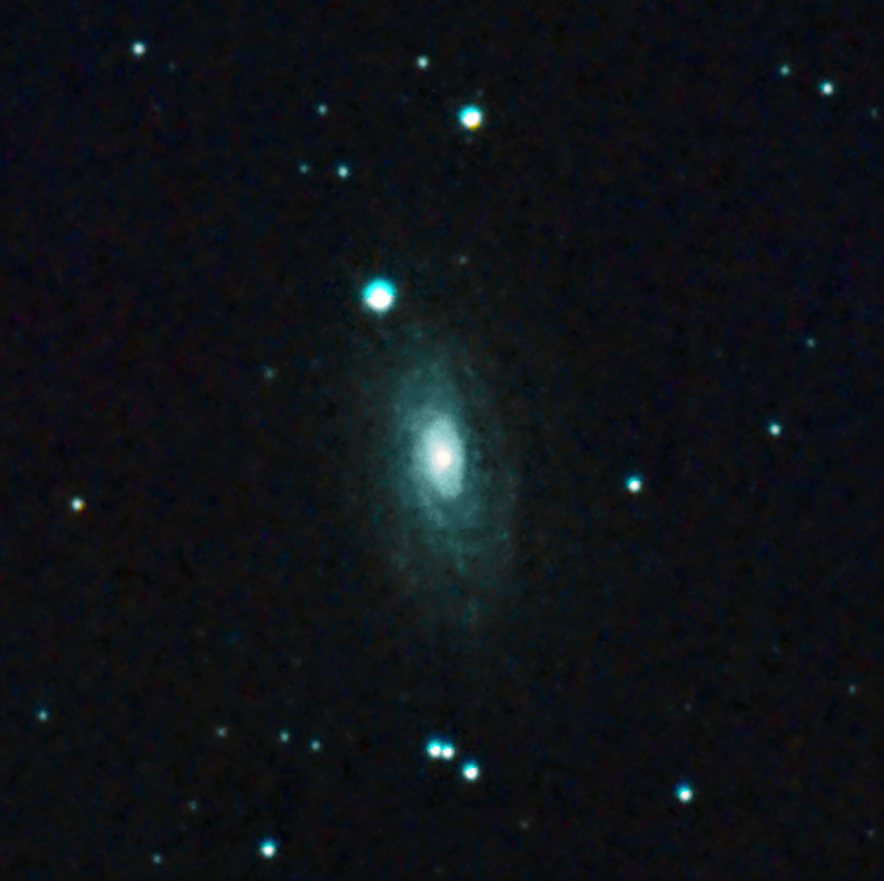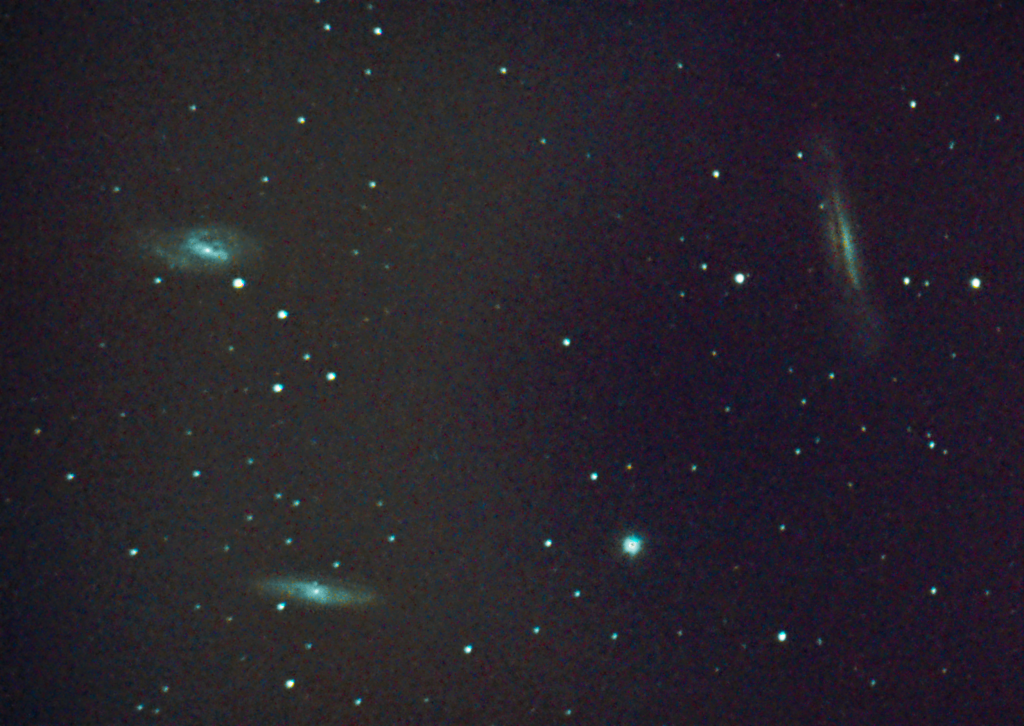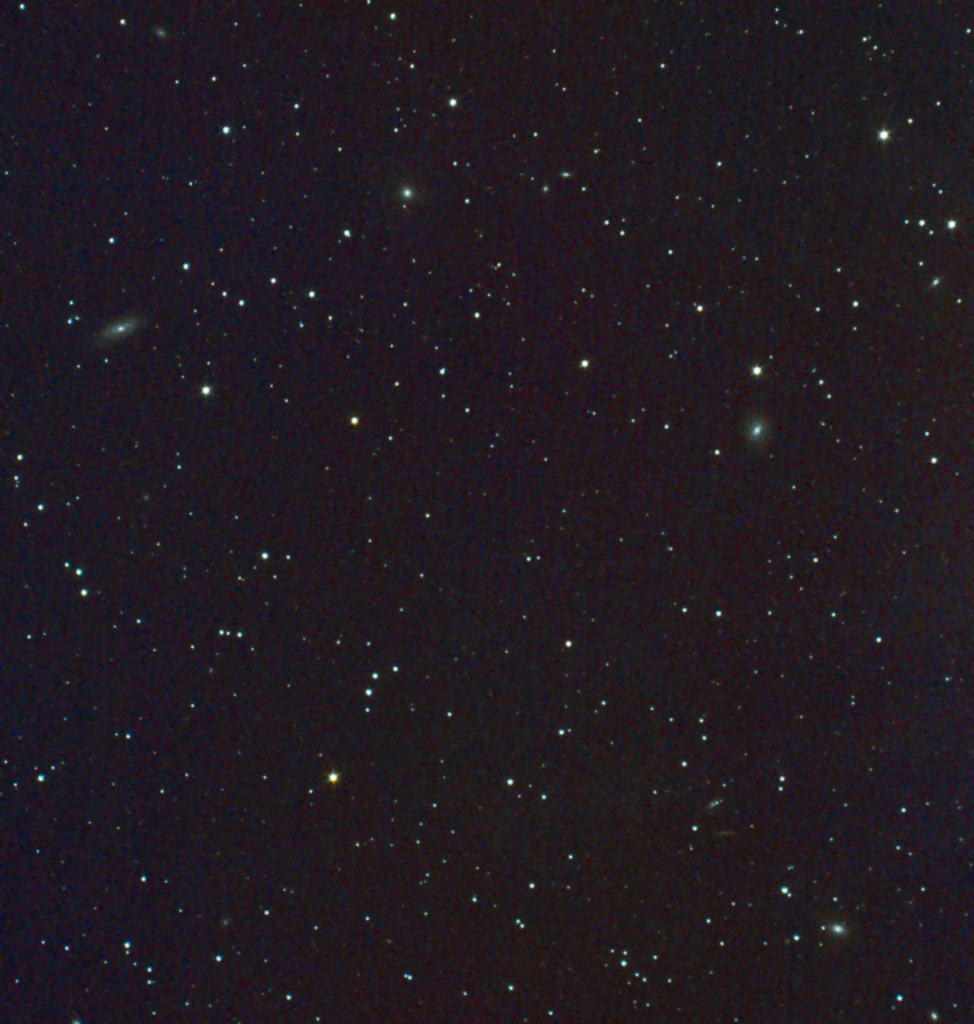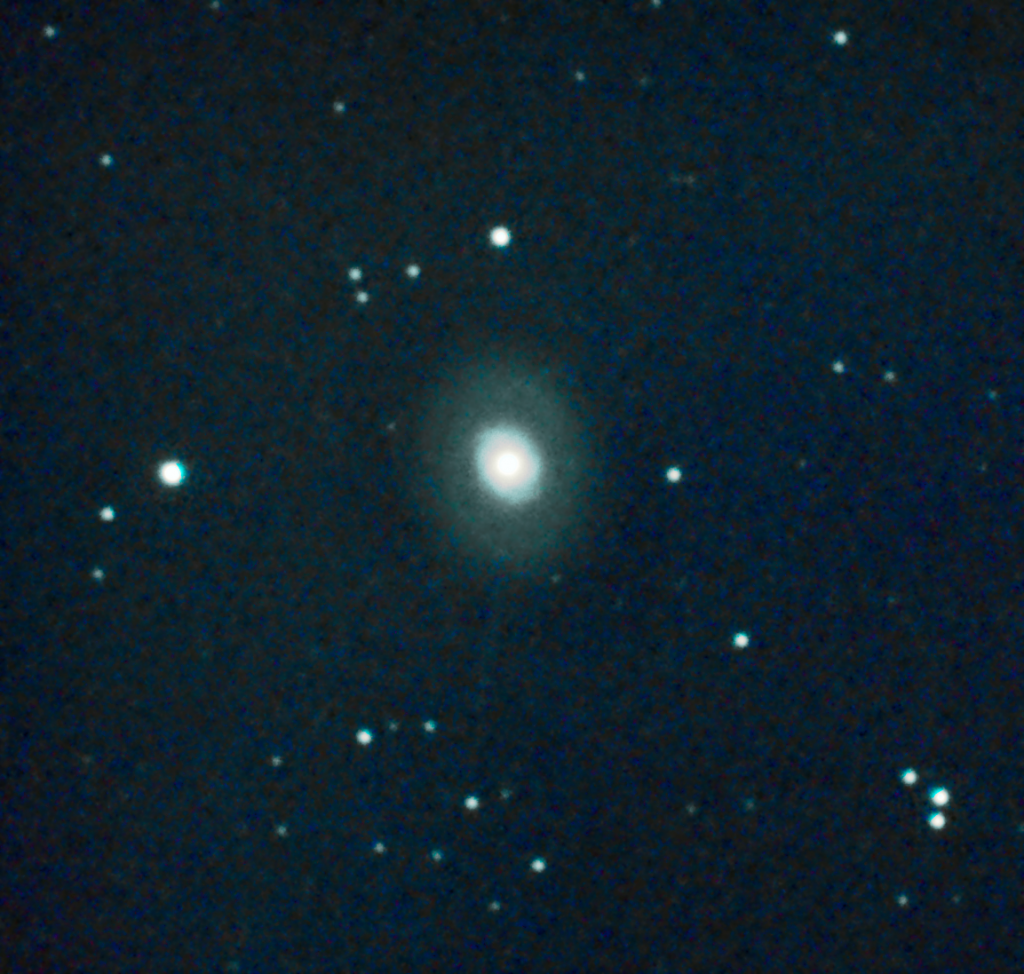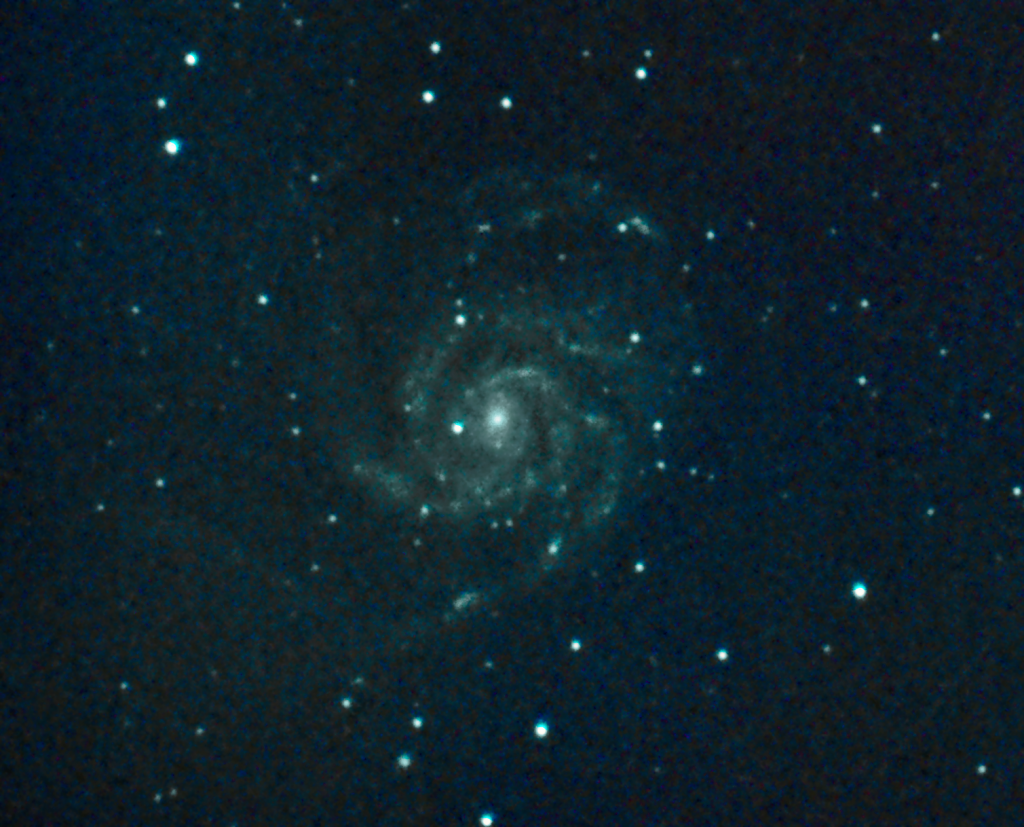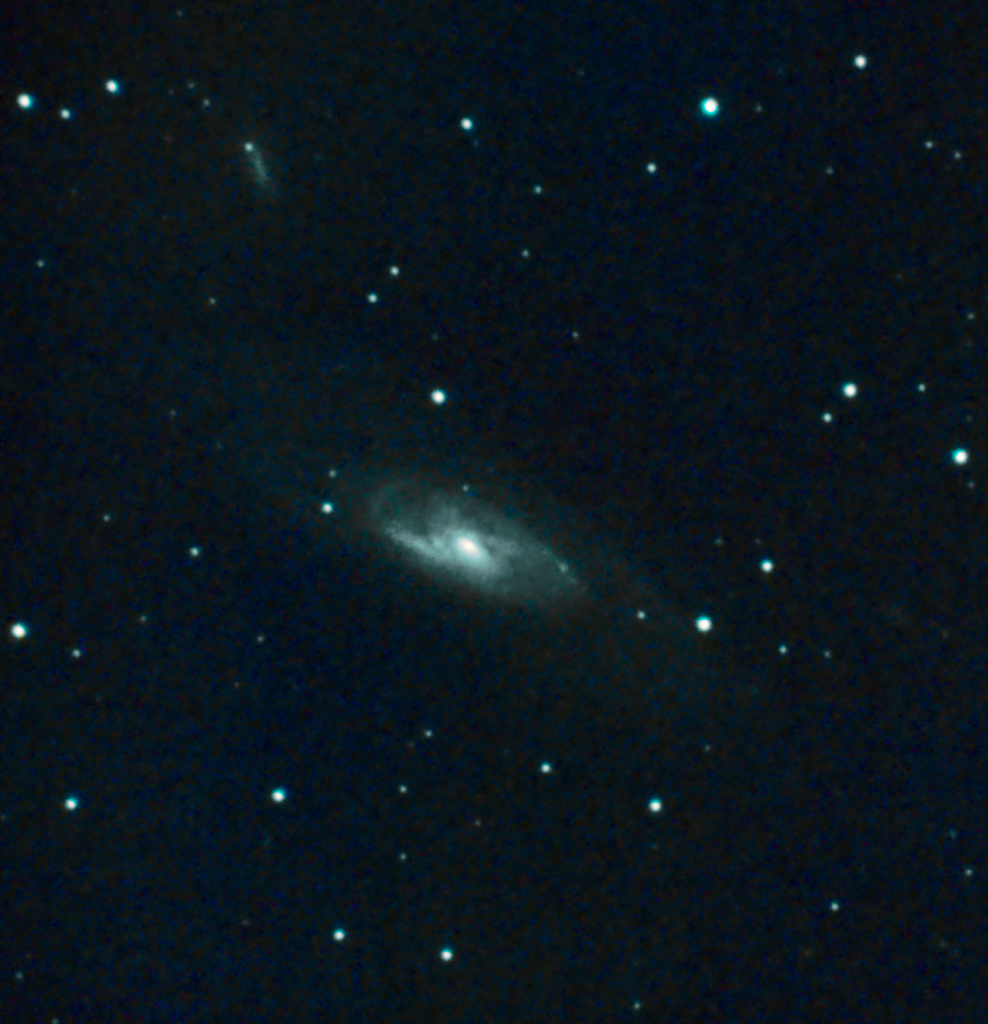The video above shows blackbirds enjoying a shower with the splashes lit up by sunlight. Shot using CHDK in Canon SX530HS. The video below shows how it looks after processing in Dave’s Motion Stacker software.
My new SV105 camera just turned up from China for £36 including 7 day delivery. Remarkable, considering a lot of UK vendors won’t deliver to Scotland. Worked straight out of the box so hooked it up to my 140Mak and left DSSR running overnight capturing a series of lunar mosaics. The best seeing was just before dawn and you can watch a flyover animation of the resulting mosaic below.
And below is another animation made on the 23rd January 2021:
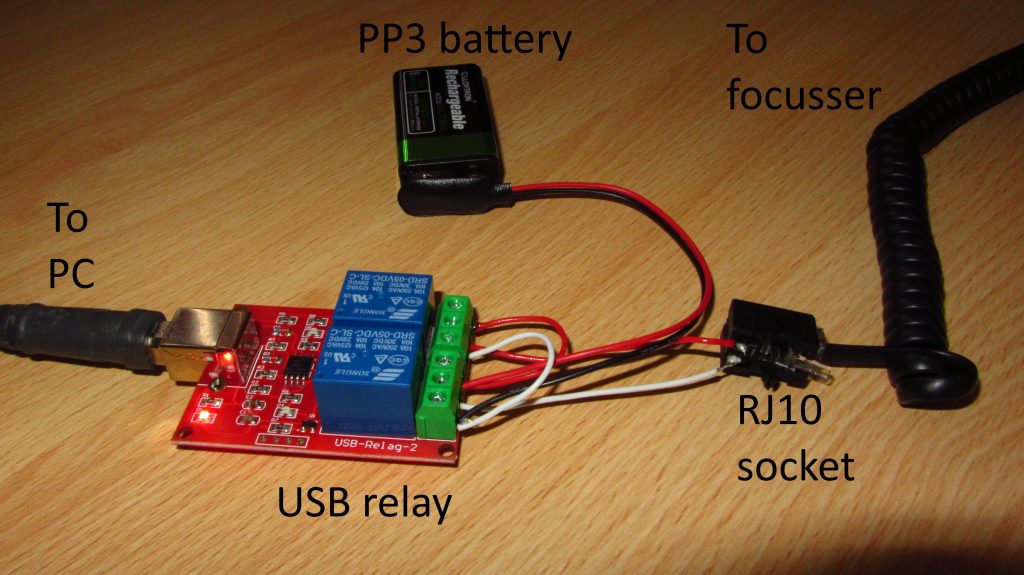
FOLLOW THIS TUTORIAL AT YOUR OWN RISK!!!!!
My astro mount is beside my garage with a PC just inside to control it. I can control the mount and cameras remotely from my home study using Google Remote Desktop – but not my Orion AccuFocus focusers.
I read a forum post (that I can’t now find) which explained how to control the focuser over USB. I adapted it slightly to avoid the need for stripping one end of the focuser cable by adding an RJ10 socket.
Component links: USB Relay – RJ10 Socket
The wiring diagram I used is here. Note that the wires to the socket are soldered to the left and right pair of pins respectively.
To control it, I modded an app I found on the net to give me a selection of timed pulses in both directions. This gives fantastic control for fine focussing.

The whole thing cost less than £10 but means I can now control everything from the comfort of home – or even further afield.
Moon with £12 Camera
Solar Animation Compilation
This is a compilation of my solar animations made between 2012 and 2020. Most were made with a Coronado personal solar scope and DMK21 camera. Watch out for the Mercury 2016 transit at the end.
DMD Baby Birds Feeding
This was taken with my SX530HS using the CHDK extended video script to capture 200 minutes of video. I then selected all the feeder visits in DMD which produced a 27 minute ShotCut project file. This was slowed to half speed to better show the action and the sound track was cleaned up in Audacity to remove camera and traffic noise. Watch out for the one legged blackbird which we have nursed back to health over the past few months.
DSSR+AstroKam Moon
Another SX530HS Moon
AstroKam Spring Collection
Scotland had a great spell of cloud free weather in Spring 2020 and below are some of my deep sky captures. All were captured on my Canon PowerShot SX530HS superzoom camera using CHDK AstroKam, stacked in Deep Sky Stacker and processed in StarTools. Click an image for full size.
CHDK AstroKam M101
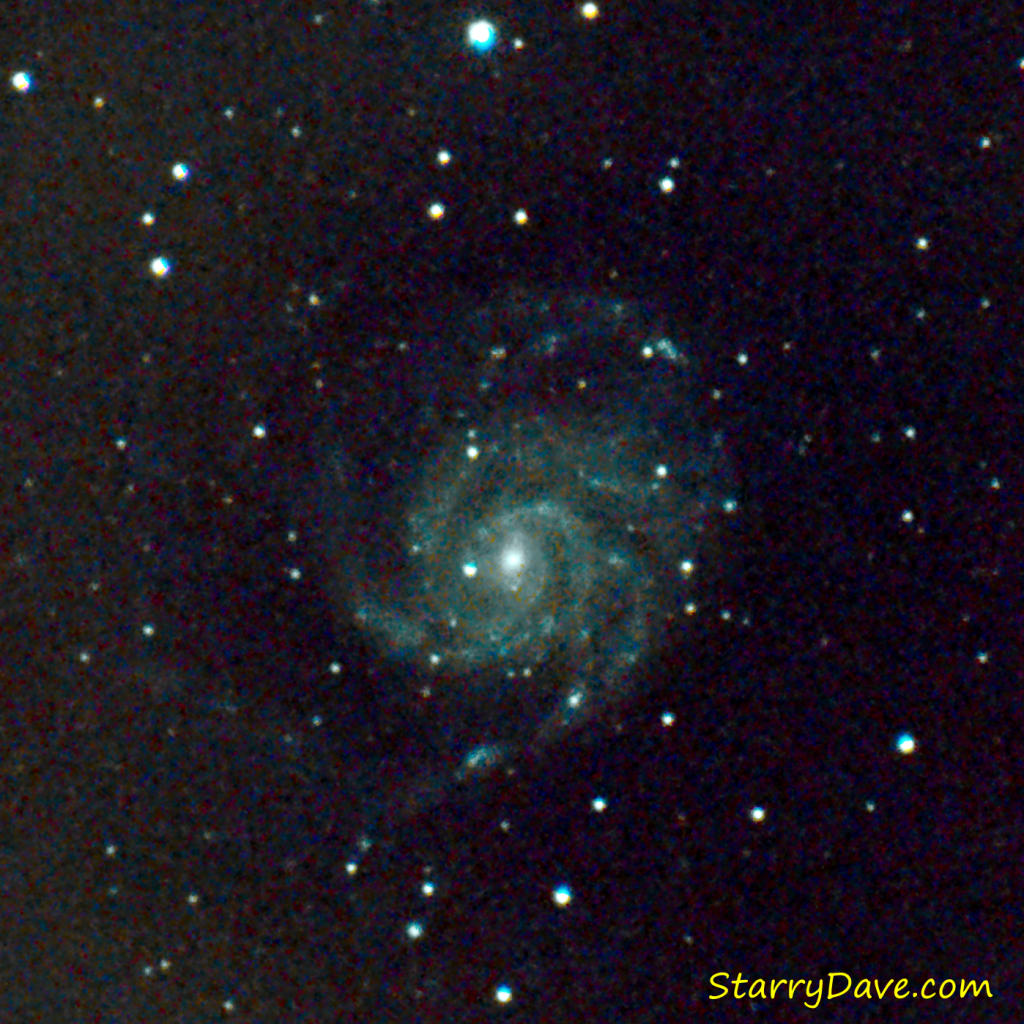
M101 captured with a Canon SX530HS at 50x zoom in CHDK AstroKam. 50x200sec lights at f8 and ISO 1600 with 15 each darks and offsets. Stacked in Deep Sky Stacker, processed in StarTools and polished in Paint.net.
